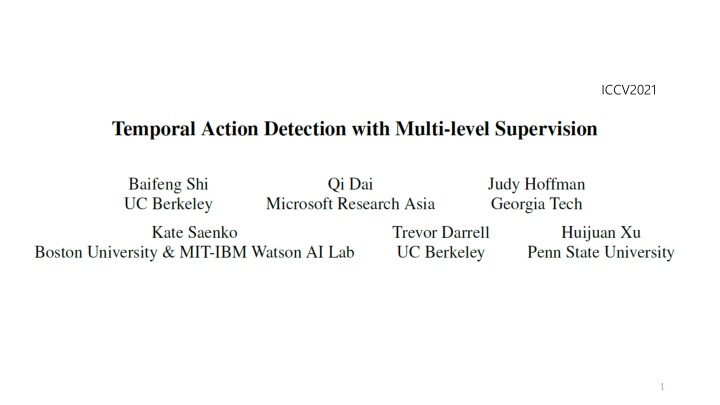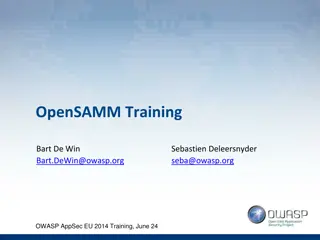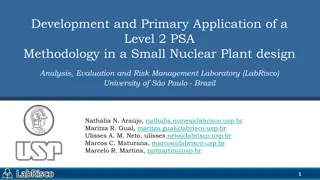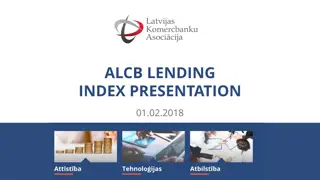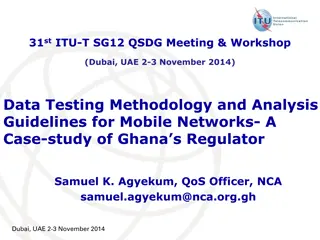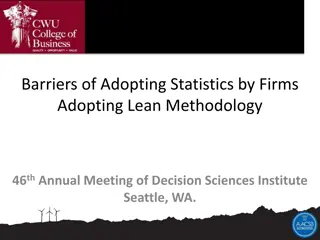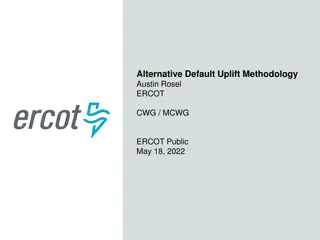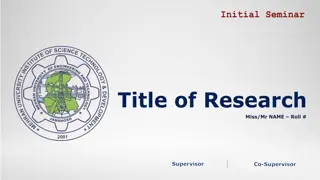Case Study Methodology: Evolution and Application
Providing an insightful overview of the history, application, benefits, and critiques of case study research, this content delves into the foundational aspects, contextual diversity, and methodological adaptability of this approach. From its early origins to contemporary utilization in various disciplines, the discussion covers the philosophical underpinnings and potential for integration with both qualitative and quantitative methods.
Uploaded on Mar 01, 2025 | 0 Views
Download Presentation

Please find below an Image/Link to download the presentation.
The content on the website is provided AS IS for your information and personal use only. It may not be sold, licensed, or shared on other websites without obtaining consent from the author.If you encounter any issues during the download, it is possible that the publisher has removed the file from their server.
You are allowed to download the files provided on this website for personal or commercial use, subject to the condition that they are used lawfully. All files are the property of their respective owners.
The content on the website is provided AS IS for your information and personal use only. It may not be sold, licensed, or shared on other websites without obtaining consent from the author.
E N D
Presentation Transcript
ICCV2021 1
Motivation Problem: Training temporal action detection in videos requires large amounts of labeled data, yet such annotation is expensive to collect. Solution: Incorporating labeled data, weakly-labeled data and unlabeled data to train action detection model could help reduce annotation cost. 2
Motivation Semisupervised Action Detection (SSAD): labeled data + unlabeled data Omnisupervised Action Detection (OSAD): labeled data + weakly-labeled data + unlabeled data 3
Method Video: Features: Proposals: Proposal Features: ?: labeled data ?: weakly-labeled data ?: unlabeled data 4
Method Steps: 5
SSAD Baseline = Semi-Supervised Learning (SSL) algorithms + Fully-Supervised Action Detection (FSAD) SSN = Classification module + Completeness module + Regression module 6
SSL Mean Teacher: optimizes the output consistency between two different augmentations of the same instance. MixMatch: enforces a linear output between input points. FixMatch: combines consistency-based and pseudo-label methods. SSAD: 7
SSAD Problem: Compared to the supervised-only model, the main type of error in SSAD baseline is Miss. Solution: Since actions are basically defined by the movement of foreground objects, the model can better recognize complete action clips by paying more attention to the foreground. Unsupervised foreground attention (UFA) module 8
UFA The module needs to estimate the motion of foreground from background, while there is a correlation between the foreground movement and the background movement before the movement. The module needs to find out the conditional independence between the foreground movement and the background movement. Conditional independence: Loss function: 9
OSAD OSAD = SSAD + weakly-labeled data OSAD Baseline: 10
OSAD Problem: The model classifies nonaction frames as action frames (action-context confusion). Reason: The recognition model is expected to classify the weakly-labeled videos based on action information, while actually the model tends to take a shortcut instead and learns to classify action based on the scene information Solution: filter out the scene information and only keep the action information. Information Bottleneck (IB) 11
IB Information Bottleneck (IB): filter out the scene information and only keep the action information. 12
Experiment THUMOS14: 20 action classes, 200 videos for training, 213 annotated videos for testing. ActivityNet: The version 1.2 consists of 4,819 training, 2,383 validation, and 2,480 test videos with 100 categories. 13
Experiment 14
Experiment 15
Experiment 16
Experiment 17
Experiment 18
Experiment 19
Experiment 20
Experiment 21
Experiment 22
